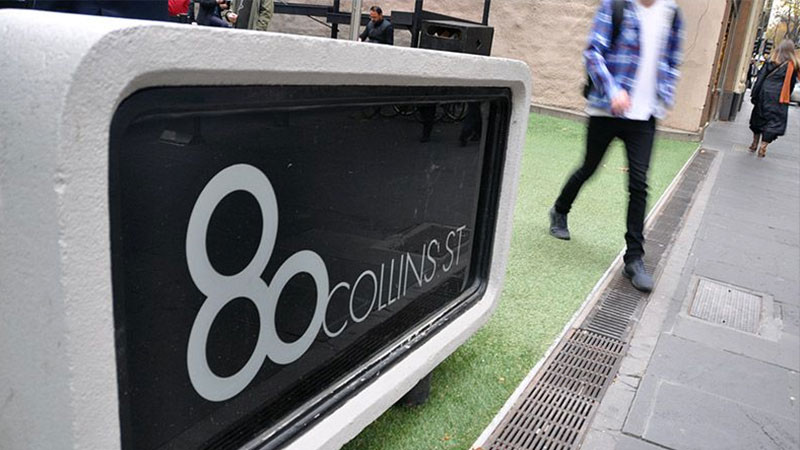Investment in commercial real estate climbed to $42.6 billion in transactions during the 2019 financial year, according to new data from Cushman & Wakefield.
Record low vacancy rates in Sydney and Melbourne, combined with rental growth, also drove deal flow in office property up by 22.6 per cent, to $23.1 billion for the financial year.
The $42.6 billion figure marks a 22 per cent increase in transactions value over the previous year.
Driving office deals are record low vacancy rates in the Sydney and Melbourne office markets, which is underpinning surging rents, creating pent-up demand and high pre-commitment levels.
Sydney's office market, driven by office withdrawals and a strong economy, continues to suffer from pent-up demand and high pre-commitment levels.
Sydney CBD prime gross effective rents grew 9.1 per cent in the 12 months to June 2019, well above the long-term average, while vacancy declined to 4.1 per cent.
Vacancy in the Melbourne CBD office market is nearing an all-time low, supported by strong population growth and significant pre-commitments across the upcoming supply pipeline.










